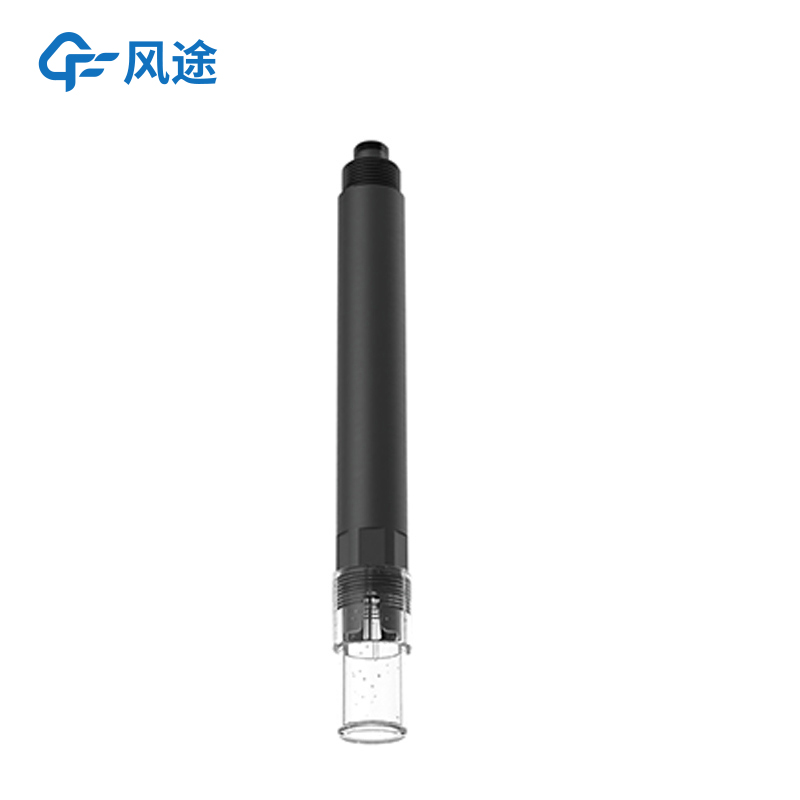Tianqiong Sensor IOT Technology Co., Ltd
Sales Manager:Ms. Emily Wang
Cel,Whatsapp,Wechat:+86 15898932201
Email:info@fengtutec.com
Add:No. 155 Optoelectronic Industry Accelerator, Gaoxin District, Weifang, Shandong, China

Sales Manager:Ms. Emily Wang
Cel,Whatsapp,Wechat:+86 15898932201
Email:info@fengtutec.com
Add:No. 155 Optoelectronic Industry Accelerator, Gaoxin District, Weifang, Shandong, China
time:2025-02-28 16:45:53 source:Weather Station viewed:521 time
In the fields of modern agriculture and scientific research, soil sensors play a crucial role, providing key data support for precise management. The following introduces common types of soil sensors and their successful application cases in projects.
Common Types of Soil Sensors
Soil Moisture Sensor: This is one of the most commonly used soil sensors. It determines the soil water content by measuring the dielectric constant of the soil. It can provide real-time feedback on the dryness and wetness of the soil, helping users arrange irrigation reasonably and avoid the adverse effects of over-irrigation or under-irrigation on plant growth.
Soil Temperature Sensor: It is used to measure the temperature of the soil. Soil temperature has a significant impact on seed germination, root growth, and the activities of microorganisms in the soil. Precise control of soil temperature enables better grasping of the timing of agricultural operations, such as sowing and fertilization.
Soil pH Sensor: This sensor can measure the acidity and alkalinity of the soil. Different plants have different preferences for soil pH values. Understanding the soil acidity and alkalinity helps in selecting suitable crop varieties and taking corresponding soil improvement measures.
Soil Nutrient Sensor: It can detect the main nutrient contents such as nitrogen, phosphorus, and potassium in the soil. The soil nutrient status is directly related to crop growth and yield. Based on these data, users can fertilize precisely, improve fertilizer utilization efficiency, and reduce resource waste and environmental pollution.
User Case
A school dedicated to agricultural science education and research introduced a set of soil sensor monitoring systems to improve teaching quality and research levels.
In the experimental farmland on campus, various types of soil sensors were installed. The soil moisture sensors monitor the changes in soil moisture in real-time. Teachers and students formulate scientific and reasonable irrigation plans according to these data, which not only ensure the water needs of crops but also save water resources. The soil temperature sensors help them understand the variation laws of soil temperature at different seasons and different depths, providing a strong basis for studying the relationship between the crop growth cycle and temperature.
The application of soil pH sensors enables teachers and students to clearly understand the acid-base conditions of the soil. By analyzing the data, they found that the soil in some areas is acidic, which is not conducive to the growth of certain crops. Therefore, targeted improvement measures were taken, such as adding alkaline substances like lime, effectively improving the soil environment. The use of soil nutrient sensors makes fertilization more precise. According to the nitrogen, phosphorus, and potassium contents fed back by the sensors, the fertilizer formula and application rate are adjusted reasonably. The crop yield in the experimental farmland has increased significantly, and at the same time, the pollution of fertilizers to the environment has been reduced.
Through this set of soil sensor monitoring systems, teachers and students have achieved fruitful results in agricultural teaching and research.

A cleanroom is a sealed space where parameters such as air cleanliness, temperature, humidity, and pressure are strictly controlled. It is widely used in industries with harsh environmental requirements, such as electronics, pharmaceuticals, healthcare, and biotechnology. Through special air purific...
The Ultrasonic weather station utilizes ultrasonic technology to measure meteorological elements. When ultrasonic waves propagate in the air, their propagation speed is affected by air flow. When the wind blows from different directions, the propagation times of ultrasonic waves in the downwind and...
Micrometeorology is an important branch of meteorology that studies the physical processes and phenomena in the near-surface atmosphere, typically within a range of a few meters to tens of meters above the Earth's surface. Unlike traditional meteorology that focuses on large-scale weather patter...
The FT-WQX6 micro weather sensor is a highly integrated device that combines multiple meteorological parameter measurement functions. Its key feature is the integration of six basic meteorological parameters—ambient temperature, relative humidity, wind speed, wind direction, atmospheric pressure, a...